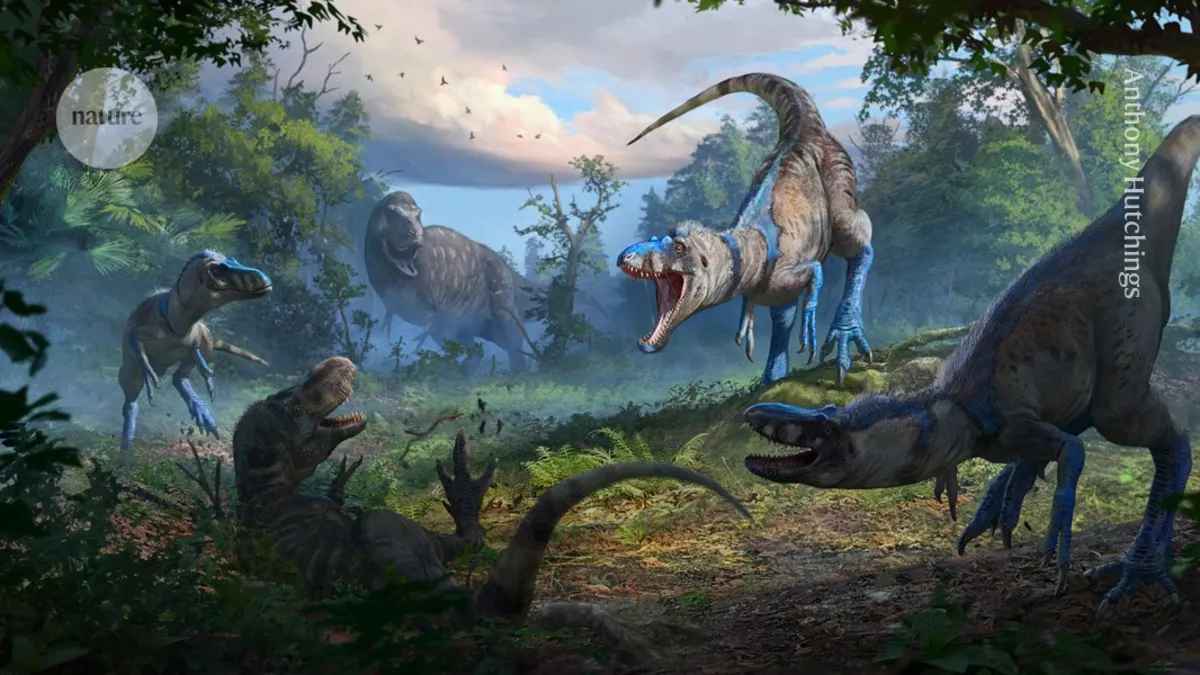
A fossil once believed to belong to a young Tyrannosaurus rex has been reclassified by palaeontologists, revealing that it actually belongs to a different species altogether. This discovery indicates that the dinosaur, named Nanotyrannus, was a fully grown adult at the time of its demise.
The Nanotyrannus is significantly smaller than the iconic T. rex, measuring about half the length and weighing only one-tenth of the body mass of a fully grown T. rex. This size difference initially led scientists to believe that the fossil was that of a teenage T. rex. However, further analysis has uncovered several distinct physical features that set Nanotyrannus apart.
According to Lindsay Zanno, a palaeontologist at North Carolina State University, Nanotyrannus was designed for speed. “It’s a small-bodied predator that is very agile and possesses long, powerful arms that are larger than those of the T. rex,” Zanno explains. In addition to its impressive arm length, Nanotyrannus features a shorter tail compared to its larger counterpart and possesses sharper, less curved teeth, indicating its adaptability as a predator.
The groundbreaking findings were published in the journal Nature on October 30. They stem from the famous Duelling Dinosaurs fossils, which include a Triceratops and a small tyrannosaur discovered intertwined in combat within the Hell Creek Formation in Montana back in 2006. These specimens date back to the latest Cretaceous period, approximately 67 million years ago, providing crucial insights into the behavior and ecology of these prehistoric creatures.
This research not only enhances our understanding of Nanotyrannus as a unique species but also sheds light on the diversity of predatory dinosaurs during the late Cretaceous period. As palaeontologists continue to explore and analyze fossil evidence, new discoveries like these challenge long-held assumptions about dinosaur classifications and their evolutionary history.
In summary, the reclassification of this fossil from a young T. rex to an adult Nanotyrannus highlights the complexities of dinosaur taxonomy and emphasizes the need for ongoing research in the field of palaeontology.